Dental Emergencies: Top 10 Tips
I work and have worked in several different emergency dental settings. I've seen a lot of interesting cases from squamous cell carcinomas to osteomyelitis; but what have I learnt? Here are my tops tips.
1. Drain that pus!
As I'm sure you are all aware, health care professionals need to limit their prescriptions of anti-microbials (you can read more about this here). We need to achieve drainage instead of just handing out an antibiotic.
I love draining abscesses; the satisfaction of getting out lots of pus and also the release of pressure the patient feels after you've drained is fantastic. Whether you drain through an existing sinus tract, use a periosteal elevator to drain through a pocket or incise with a scalpel - it's very important to encourage the drainage and recommend the patient rinses afterwards with warm salt water.
I know a lot of young dentists don't feel that confident with incision and drainage. This is how I usually do it:
- Choose the most fluctuant part of the swelling. The best ones to drain are localised (you can't really drain diffuse ones), and see whereabouts over the swelling the mucosa looks this thinnest as this is where you'll make the incision
- Use a cotton pledget with ethyl chloride/endofrost to wipe over the mucosa gently which will make it more comfortable for the patient
- With scalpel, make a small nick in the mucosa making sure you go right down to bone. Make sure your nurse is ready with the suction at this point as I'm sure you don't really want pus in your hair and it's kinder for the patient not to have to taste the pus!
- Massage the swelling to help drainage and you can irrigation inside the incision with saline if required
- Check for haemostasis (it will probably ooze for the next day of so), give patient gauze and encourage them to rinse with warm saline several times a day to help drain any remaining infection
- Depending on how much drainage you've acheived and how big the swelling is (and other factors like medical history), you may consider also prescribing antibiotics.
2. Don't rush an extraction
When I work at Out of Hours, my patients are booked in by 111 so I will be booked back to back every 20 minutes. This means that I need to be realistic about what I can achieve in an appointment (especially when patients take 10 minutes to fill in all their paperwork!).
This will limit what teeth I can take out. If the tooth is root filled or there are other factors that might make the extraction more complex, you often don't have sufficient time within that emergency appointment to complete the treatment. Also depending on where you are working, you need to be aware of what equipment you have to work with - this may also limit the treatment options you have.
There are also other factors to take into consideration when you are deciding whether you can take out a tooth in that emergency appointment, which I will discuss in the next point.
3. Can they consent?
As well as looking at the culprit tooth, it is very important to assess whether the patient can give valid consent in that time? This can be particulalry important if there are possible language or capacity issues, and also when patient's are in pain, their capacity can be compromised.
In these cases I will tend to do something else to get them out of pain which is less invasive e.g. extirpation, and then advise them to see their regular dentist for a full discussion of their options.
You sometimes need to be firm with some of these patients. I remember one patient who didn't speak English, but brought their 11 year old daughter to translate. I gathered via his daughter that he wanted the tooth removed but when I refused and suggested another option, he wasn't very happy. Cases like this would need an interpreter to help communicate effectively in order to gain valid consent.
4. Trauma
Working in an emergency setting really tests your trauma knowledge. There is so much information to know when managing a trauma case and life is certainly made easier with the Dental Trauma Guide. If you are unsure you should always refer to this site.
Alot of the trauma I see, especially in children, the treatment is reassurance, soft diet and advising them to follow up with their GDP. But sometimes I will need to splint or even reimplant an avulsed tooth. This can seem scary, but the more you do it, the more confident you will become.
To read my previous post about how to manage dental trauma in children, click here.
5. Is an X-ray necessary?
Working as a GDP, you will be used to taking x rays to confirm diagnoses and also aid in your treatment planning. But what I've learnt from working on emergency clinics is whether an x ray is actually beneficial.
If a patient comes to see you for pericorontiis, how much more information are you going to get from taking an x-ray? Moreover, are you actually increasing the amount of unnecessary radiation the patient is exposed to? If you take an x ray and then 2 weeks later their GDP also does, that's double the amount that is necessary.
You need to think of the patient in the big picture, and not just the isolated encounter that you are seeing them in.
6. Managing children
Something I have found difficult is how much I can achieve with a child in an emergency appointment. Often they attend in pain, have not seen a dentist before (or regularly) and have a tooth that needs taking out.
You have just met this child, it is difficult to assess how they may tolerate dental treatment. I have had very compliant children who have let me take out a tooth, but I have also had some where I have attempted to and things didn't exactly go to plan. But you often don't know until you've tried and sometimes listening to what the parents are saying to you will give you a clue.
You also have to manage not just the child, but the parent. Often they are distressed and need lots of reassurance, but sometimes they can be quite pushy about getting the treatment done. Don't feel pressuring into doing something you are uncomfortable with or you don't think the patient will tolerate and always bear in mind safeguarding issues (read about safeguarding here)
7. Achieving anaesthesia
Achieving effective analgesia in patients with acute infections can be very difficult. It can be made even more tricky if you have a particularly sensitive or anxious patient.
If I am having difficulty, there is often other patients waiting to be seen so I send the patient out and see the next patient in line. Often, as soon as I am finished with that patient, the first one will be effectively anaesthetised for me to treat comfortably.
Ultimately sometimes you cannot always achieve this. For these patients, antibiotics can be the only option to reduce the infection enough to numb them up effectively. The other option sometimes if when I am extirpating, even if I cannot fully remove all the pulp, quickly placing some odontopaste into the pulp chamber can give some relief.
8. Assess that extraction
As I've mentioned above, you need to be realistic about what you can achieve in the time you have, your own skills and also the equipment you have available.
Firstly, you need an x-ray before you even consider taking out a tooth - this may be relevant for an upper 8 for example if you cannot get a PA if a patient has a strong gag reflex. I wouldn't feel comfortable taking the tooth out without a DPT (this may not be available to you).
Learn to assess what will make an extraction difficult or lengthy. Teeth that I often take out are ones which are mobile, deciduous teeth, single rooted teeth or roots with large PA radiolucencies which have less bone surrounding them. I wouldn't feel comfortable touching teeth which may turn surgical e.g. root treated teeth, those with curved roots, lower 8s.
If you don't assess the tooth properly, this can make your life very difficult! Something I learnt when I spent 40 minutes digging out a grossly carious UR8.
9. Pregnancy
It shocked me initally how many pregnant women turned up at emergency dental clinics. Initally, seeing these patients used to worry and scare me, but I've learnt that the priority in these appointments is to get them out of pain as that can be harmful long term for both the mother and the foetus.
Dentists are scared of taking x-rays in these patients, but if it an urgent situation and you require the x ray for diagnosis or treatment of an urgent issue, then it is justified. Pregnant patients often also need reassurance that what you are proposing will not harm their baby and communication is even more key.
If an extraction is needed, if possible it can be delayed to after the baby is born; but if it cannot then you should go ahead as normal but avoid using Octapressin-containing LA as this can stimulate contractions.
10. When to go to A and E
Patients will mostly present to you first when they have a dental problem, but there are a few rare warning signs which should point you to urgently referring a patient onto an A and E department with a MaxFax unit.
Some of these may be:
- Facial swelling that is affecting swallowing or breathing
- Facial swelling with loss of naso-labial fold, eyes beginning to close, a large sublingual swelling which causes the tongue to protrude or affects speech
- Immunocompromised patient with large facial swelling, increased temperature and feelings of unwellness or rapidly increasing in size
- Suspicious oral lesion that you suspect to be cancerous
- Trauma of the face/head and neck where you suspect fractures or other injuries that are non-dental or affecting airway
Overall, I really enjoy working emergency clinics and patients can be very grateful for the help you provide them in getting them out of pain. The clinics are often fast-paced and every so often you will see an unusual case that surprises you!
Do you work on emergency clinics? What have you learnt from the experience? Let me know in the comments below.

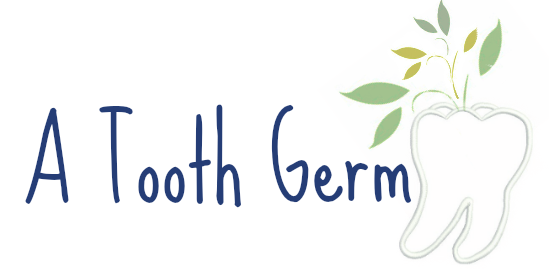
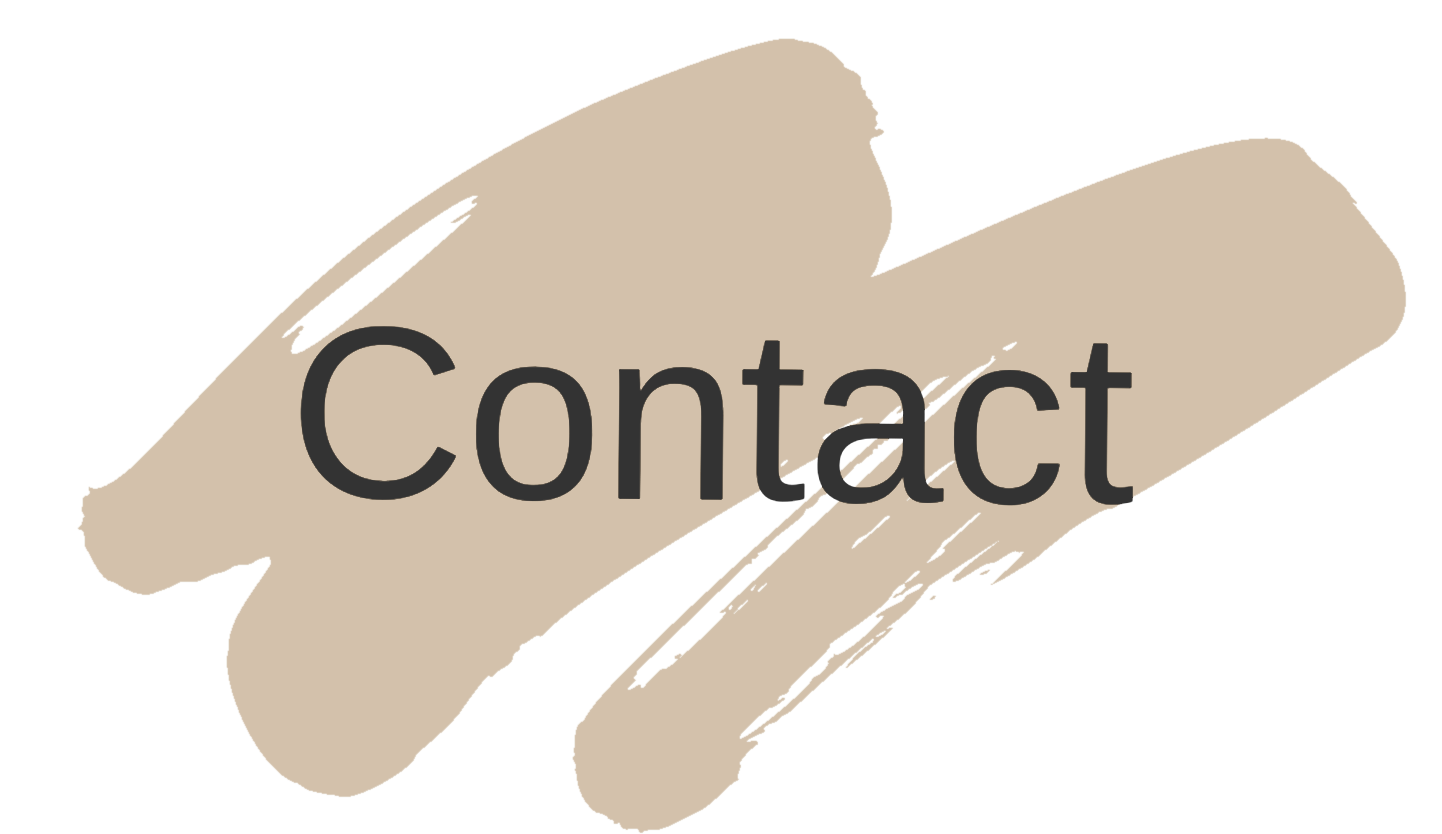


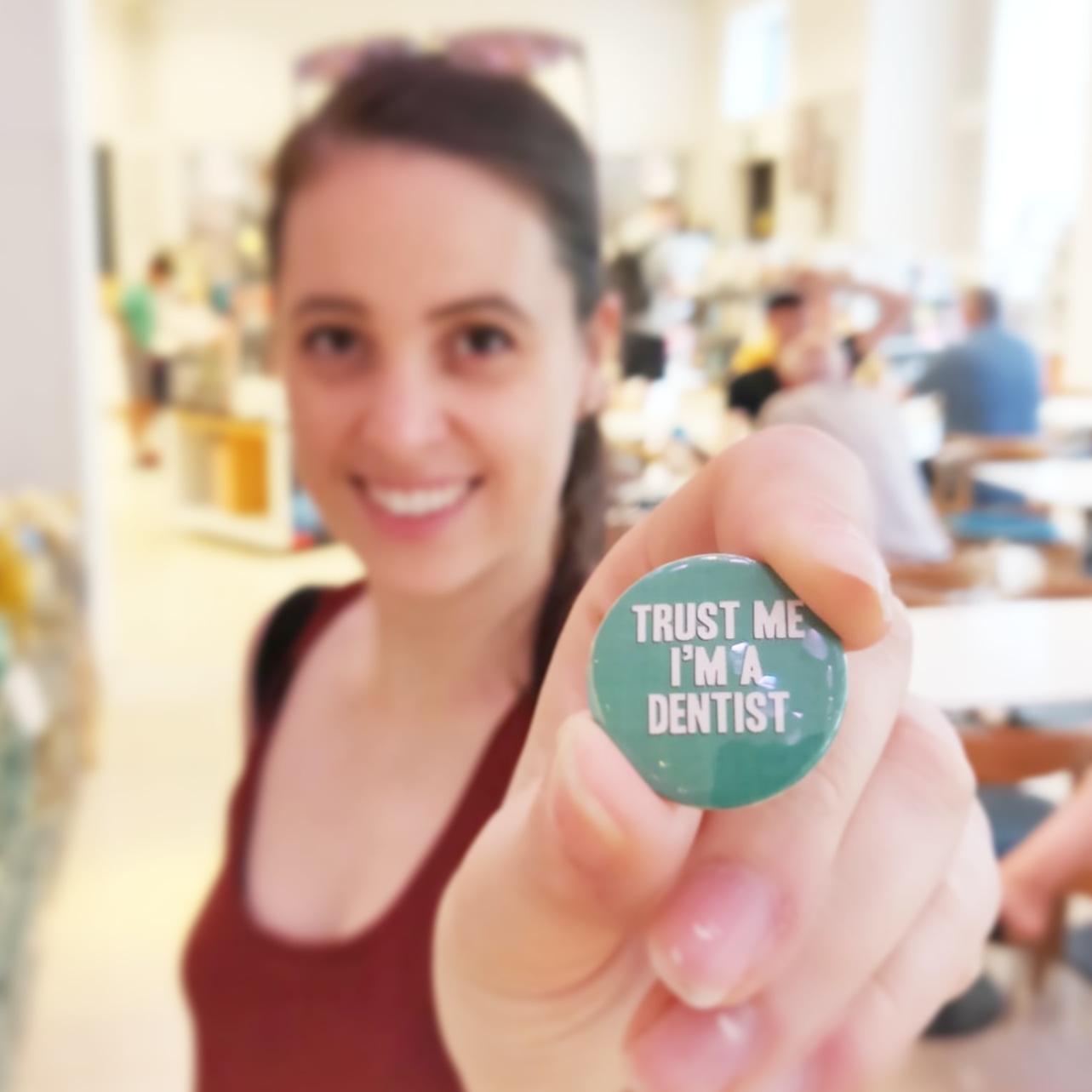





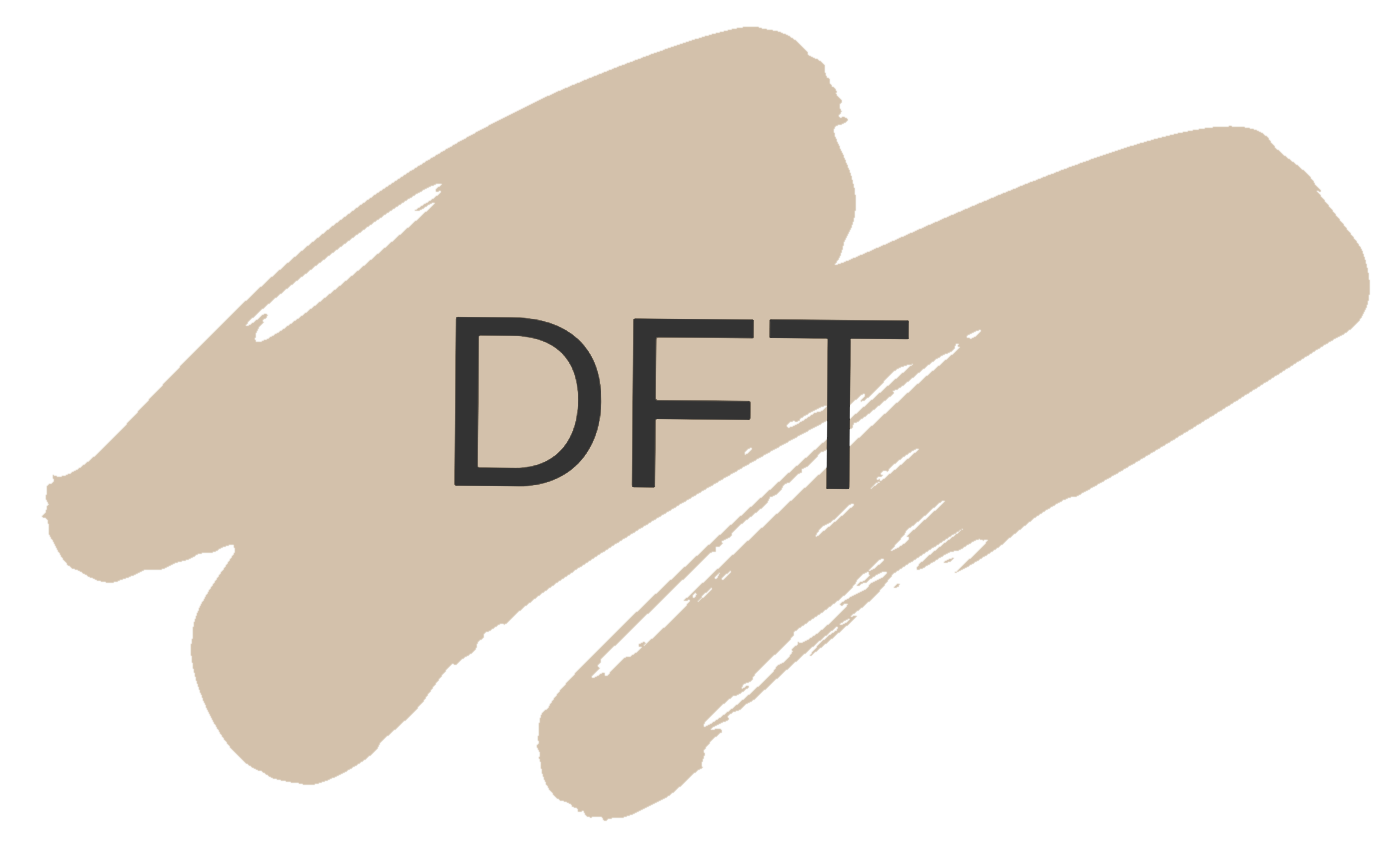


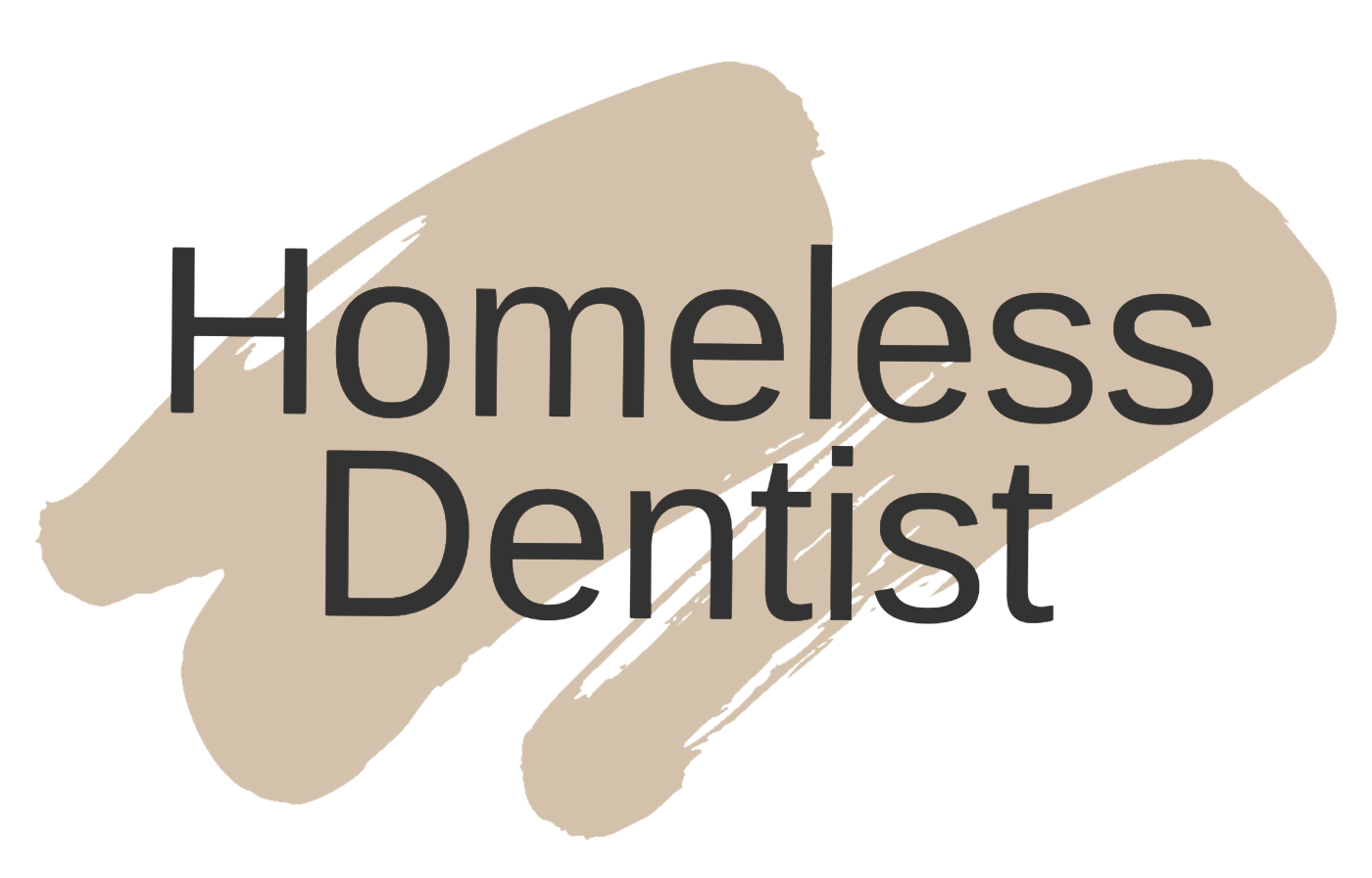




2 comments
You need personal informations from companies,family and friends that will better your life and you need easy access without them noticing or you’re financially unstable and you have a bad credit score, come to Brillianthackers800@gmail.com he will solve that without stress,he and his team can clear criminal records without leaving a trace and can also anonymously credit your empty credit cards with funds you need,all these things and more this hacker and his team will do cause they keep you updated on every step taken in order to achieve the goal and they also deliver on time,I tested and confirmed this I’m still happy on how my life is improving after my encounter with them, you can send a mail to Brillianthackers800@gmail.com, you can also message on Whatsapp +14106350697
ReplyDeleteAre you aware that you could be scammed while trying to invest into crypto? If you know this then you will have to do a thorough search before investing your funds into any platform. I can't express the gratitude I have towards Geo Coordinates Hacker security company, for figuring out my lost fund that I had considered very much gone. After I was robbed, I was on my dead end and Geo Coordinates Hacker security company, was my last hope, yours truly they helped me get all my lost funds. For anyone on the ropes, who feels like all hopes are gone and you are deciding if this can work for you, I gladly tell you not to worry, give Geo Coordinates Hacker security company a try. They are Very professional and trustworthy. I highly recommend Geo Coordinates Hacker security company, for your cryptocurrency and funds recovery, you can Contact them via: Email: geocoordinateshacker@proton.me.
ReplyDelete